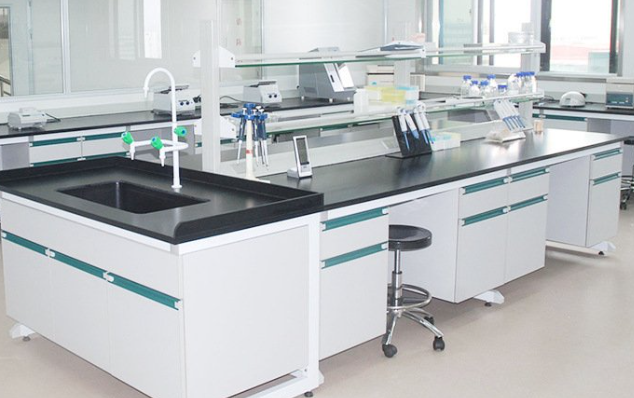
In the process of modern scientific research and industrial development, the importance of laboratory equipment has become increasingly prominent. From basic experimental instruments to high-end precision instruments, they are the core tools for researchers to explore the unknown, verify theories, and promote technological progress. Their development and innovation are constantly reshaping research models and production efficiency in various fields.
As the cornerstone of a laboratory, basic experimental equipment may seem ordinary, but it is indispensable. For example, glassware, beakers, test tubes, measuring cylinders, etc., with good chemical stability and transparency, provide safe and visible spaces for various chemical reactions and sample processing. Nowadays, these basic devices are constantly improving in terms of materials and processes, and the application of high borosilicate glass makes glassware more resistant to high temperatures, corrosion, and significantly extends its service life. At the same time, the emergence of intelligent pipettes has made liquid transfer operations more precise and convenient. Traditional pipettes rely on manual operation and have certain errors, while intelligent pipettes can set the volume of pipettes through built-in programs, automatically complete the process of suction and discharge, and record operation data, greatly improving the accuracy and traceability of experiments.
High end precision instruments are the key force for laboratories to move towards cutting-edge research. In the field of materials science, scanning electron microscopy (SEM) and transmission electron microscopy (TEM) play an irreplaceable role. SEM can provide high-resolution imaging of the surface morphology of materials at the nanoscale, helping researchers observe the microstructural features of materials such as crack propagation in metal materials and surface defects in semiconductor materials. TEM can penetrate deep into the interior of materials and obtain atomic level structural information through electron beam penetration of samples, providing important basis for the development and performance optimization of new materials. For example, when developing new battery electrode materials, researchers use TEM to observe the crystal structure and element distribution of the materials, thereby designing more efficient electrode materials and improving the energy density and charge discharge performance of the battery.
The field of life sciences also relies on advanced laboratory equipment. The rapid development of gene sequencers has brought humanity into a new stage of exploring the mysteries of life. From the early Sanger sequencing method to today's high-throughput sequencing technology, the sequencing speed and throughput of gene sequencers have been continuously improved, and the cost has been significantly reduced. The new generation of gene sequencers can generate millions or even billions of sequence data in one run, and can quickly complete whole genome sequencing. It has a wide range of applications in disease diagnosis, drug development, and biological evolution research. For example, by sequencing the genes of cancer patients, the genetic mutation sites of tumor cells can be accurately identified, providing a basis for the development of personalized treatment plans and achieving precision medicine.
In the development trend of laboratory equipment, intelligence and automation have become two significant characteristics. The automated workstation integrates various experimental operation functions and can automatically complete a series of processes such as sample preparation, reaction, and detection according to preset programs. In drug screening experiments, automated workstations can simultaneously process a large number of samples and quickly detect the effects of different compounds on specific targets, greatly improving the efficiency of drug development. Intelligent devices also have self diagnosis and optimization functions, which can monitor the real-time operation status of the equipment, automatically adjust parameters to ensure the accuracy and stability of experimental results. At the same time, the application of Internet of Things technology enables laboratory equipment to be interconnected, and researchers can remotely monitor and control devices through mobile phones or computers, view experimental data, and achieve intelligent management.
However, the development of laboratory equipment also faces some challenges. On the one hand, high-end precision instruments are expensive, and for many research institutions and enterprises, the purchase and maintenance costs are too high, which limits their widespread application. On the other hand, with the continuous upgrading of equipment technology, the professional quality requirements for operators are also increasing, and the shortage of professional talents has become one of the factors restricting the full effectiveness of equipment.
Looking ahead, laboratory equipment will continue to develop towards higher precision, efficiency, and intelligence. With the deep integration of emerging technologies such as artificial intelligence and big data with laboratory equipment, we have reason to believe that laboratory equipment will continue to inject new impetus into scientific research innovation and industrial upgrading, promoting more brilliant achievements in various fields.